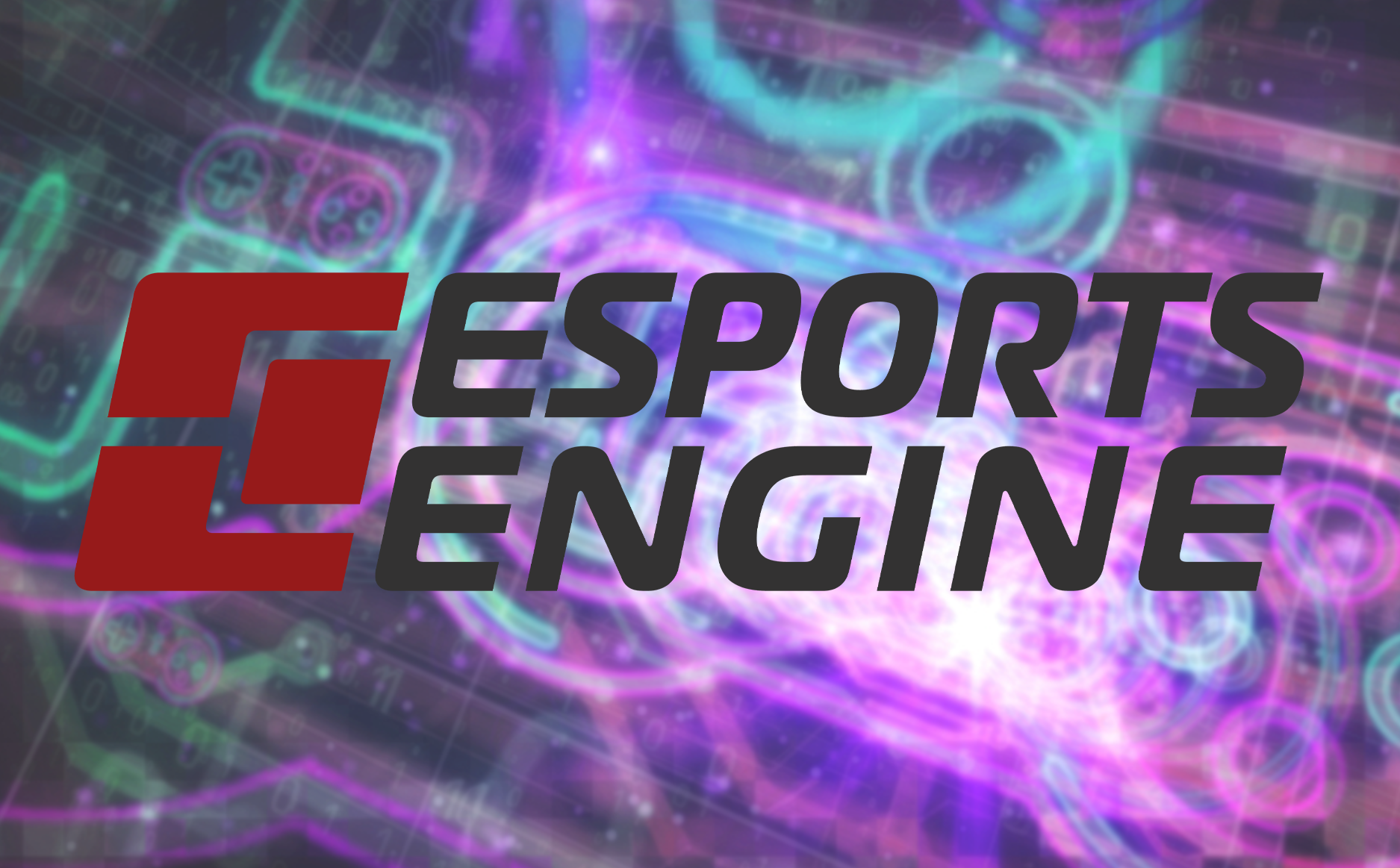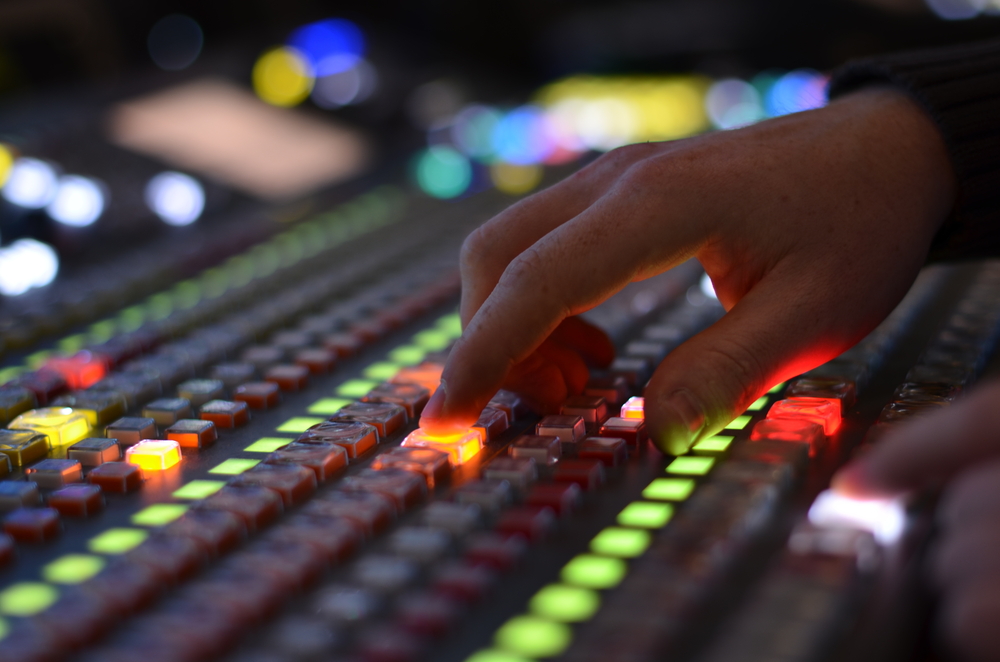Alexis Wilcock, Blog Editor for the*gameHERs, writes for Esports Insider to detail the journey of event production designers within the sector.

Long before the lights come up, the camera rolls or fans start cheering for their favourite esports team at a live event, an entirely different team has been at work for a few days to several months.
Production designers, lighting designers, art directors, graphic design producers, audio engineers, logistics managers, and so many more creative professionals coordinate each individual detail to create a unique entertainment experience. These experts come from a wide range of backgrounds, bringing skills from a variety of sectors to a field that allows for exceptional creativity and efficiency.
This piece looks to provide an overview of a few roles that are essential in making esports events happen and how the professionals in those positions gained the skills to succeed in this relatively new entertainment genre.
Building the Physical Space
As an esports event is designed, production designers craft the overall vision for the physical space captured on camera or in a live event. As such, these individuals are tasked with coordinating a team of shop house managers, technical directors, art directors and set dressers.
They often take inspiration from the scenes within a game to create real-life locations in which the talent will compete. Lighting designers, audio engineers, producers, and logistics teams to all collaborate with the production designer to arrange every technical detail of an esports event.
So, which fields offer good preparation for this kind of work? Those who have worked in film and| theatre production find a lot of crossover in applicable skills. Those who have backgrounds in interior design and decorating can also contribute by providing an excellent understanding of how to best use space.
Jana Koch, a production designer for Esports Engine, has worked on esports events such as the PUBG Continental Series (PCS4 & 5). Her background before joining the esports design world? Architecture.
As an architect, Koch honed the technical skills and spatial awareness that allow her to envision and draft esports events designs. However, she noted that one major difference is that an esports event is designed to be temporary, not necessarily to last for decades.

RELATED: BLAST becomes official production partner of Red Bull Flick
The diversity of professional experience from those who fill the world of esports is an exciting prospect for individuals wanting to move into the field from other industries. According to Koch, it also makes the design work of esports stronger.
She said: “I think there’s a benefit to everybody having a variety of backgrounds and skill sets, especially in design, because everyone who gets involved is able to provide a different perspective.
“One person has more experience working with lighting while someone else knows how to build scenic flats or work on camera angles — it’s complementary to each other. Whatever your experience is, if you can bring that to the table, it’s usually very helpful.”
Make those graphics pop
When it comes to what’s on the screens during a live or broadcast event, graphics producers lead design teams that create each component and plan it down to the second.
These individuals also think strategically about how graphics packages shown on broadcasts impact a game developer’s social media marketing, fan engagement, viewership, and overall branding. Creative producers plan the overall run-of-show and coordinate with the graphics and logistics teams to marry predesigned and live elements for a seamless event.
Esports Engine’s Graphics Producer, Blaire Wilson, began her career as a graphics designer, applying the skills she gained from a graphics design degree into the field of esports.
There are many ways into the graphics production roles in esports though. Many organisations producing esports events work with professionals who hail from traditional sports and live broadcast backgrounds. The ability to plan the predictable elements of an esports event with the completely unpredictable competitive outcomes, similarly to that of a traditional sports game or live TV broadcast, is essential. As a result, the crossover from these live entertainment fields is a natural fit.
Nevertheless, there are a few ways esports events offer unique challenges and opportunities for design and production teams that differ from other live events. For one, production design teams must keep player integrity top of mind. For example, sets and stages must be designed to ensure that players are not able to see each other’s screens in games as that would compromise the rules of the game, all while allowing for audience visibility and consistent aesthetics.

RELATED: Riot Games to open remote broadcast and production centre in Dublin
In addition, esports is often more interactive and responsive with its audience than traditional sports. Game developers are constantly taking feedback from esports fans and adapting the overall experience to maximise fan engagement.
The structures and meta of the games themselves may even update between events — though the setting or structure of traditional sports game would never change or patch, major changes might occur from one esports event to the next because of the dynamic relationship between game developers and fans. Production designers and producers in the esports world must be flexible and in constant communication in order to adapt to constant change as a game evolves. They also must be willing to get to know their ever-changing and expanding audiences.
Is esports production For You?
There are so many ways to apply previous design and production experience into the field of esports, but how can you gain some experience if you’re just starting out? Koch suggests that working as a production assistant on esports events is a great way to build skills and meet people within the field.
For people from underrepresented groups within the gaming space, such as women and marginalised genders, Wilson detailed: “A lot of esports production companies, game developers, esports-related organizations, and teams are very aware we need to diversify and add more women and more marginalized folks into the scene. Those are the voices that are going to inform and reflect the communities for the future of esports.”
So designers everywhere, consider the possibility that esports production design may be next for you in your career of creative work. The future of esports depends on people from many different professional backgrounds, identities, and experience levels.
The variety of talent behind the scenes is what will move esports forward as an innovative and exciting form of live entertainment in the coming decades.
[maxbutton id=”14″ ]
